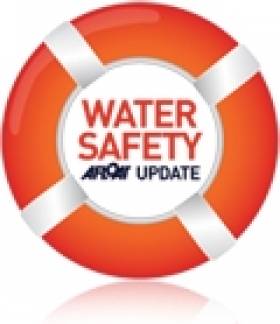Displaying items by tag: Galway University Hospital
Boy Drowns in Liffey, Diver Treated for Bends
Gardaí have confirmed that a 14-year-old boy drowned in the River Liffey near Clane, Co Kildare on Saturday.
According to The Irish Times, it is believed the accident occurred while the teen was playing in the river with friends. His body was removed to Naas hospital.
Elsewhere, RTÉ News reports that a diver is being treated for the bends after getting into difficulty in the sea near Kilkee, Co Clare on Sunday.
The man was airlifted by the Shannon coast guard to Galway's University Hospital after being retrieved by colleagues.
Two Men Die in Inishbofin Boating Accident
Two men died in a boating accident off the coast of Inishbofin in Co. Galway early this morning.
The pair, aged in their late 50's and early 60's had arrived on the island yesterday on a 40ft motor cruiser and it is understood, through local lifeboat sources, the accident appears to have happened as the two men returned to the cruiser by dinghy on Saturday night.
Both men were wearing lifejackets.
One of the bodies was washed ashore, while another was located inside the upturned dinghy around 11 o'clock this morning.
The bodies were airlifted by the Sligo-based Coastguard helicopter to Galway University Hospital.
Post-mortem examinations will be carried out to determine the exact cause of death.






























































